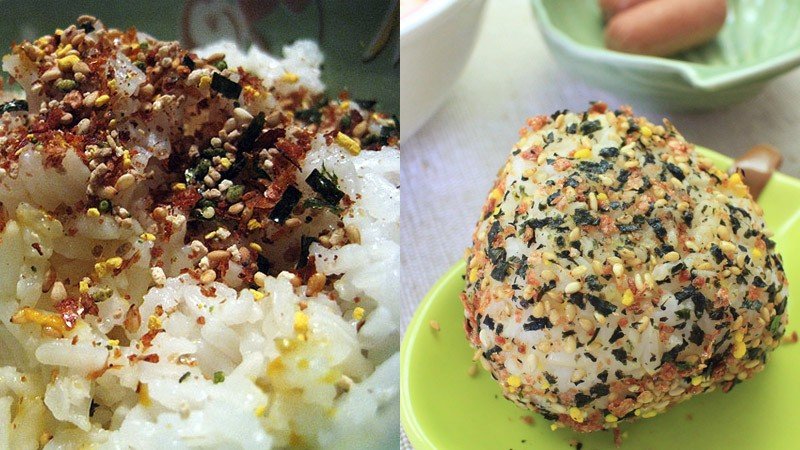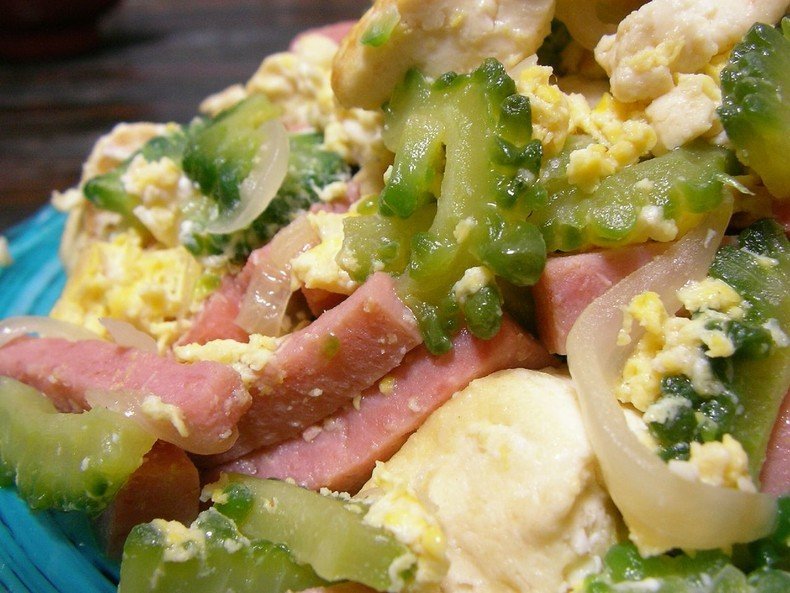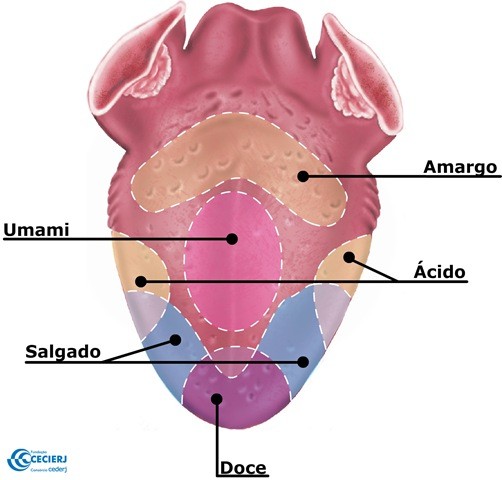Do you know all the flavors in Japanese? Do you know how to express taste sensations in the Japanese language? In this article, we will talk about the taste sensations used by the Japanese palate and detail some of them.
The Japanese take cooking and taste so seriously that they've even discovered an official flavor sensation they've named umami. They use a lot of spices and little salt to give their food a unique and distinctive flavor.
Taste is a chemical sensation perceived by specific cells, the taste buds. Through them we can distinguish salty, sweet, bitter, sour and umami flavors. But, have you ever wondered how to say that in Japanese?
We also recommend reading:
- The 100 most popular Japanese meals in Japan
- Discover all the flavors of Kit Kat from Japan – List
- Shichimi - The seven delicious Japanese flavors
Índice de Conteúdo
How to say flavors in Japanese?
When eating or savoring something, the expressions of flavors and sensations in the Japanese language are:
- Aji [味] - Flavor;
- Oishii [美味しい] - Delicious, Yummy;
- Umai [うまい] - Umai Good;
- Love [甘い] - Sweet;
- Nigai [苦い] - Bitter;
- Suppai [酸っぱい] - Sour;
- Shoppai [しょっぱい] - Salty;
- Umami [旨味] - Umami;
- Shiokarai [塩辛い] - Salty;
- Karai [辛い] - Spicy;
- Shibui [渋い] - Astringent;
- Mazui [まずい] - Bad taste;
- Atsui [熱い] - Warm;
- Tsumetai [冷たい] - frost;
- Atatakai [温かい] - warm;
How to say something tastes good in Japanese?
There are several ways to say something is tasty, delicious or very good in Japanese. See in detail some of the expressions below:
Oishii [美味しい] - Delicious A common word for saying something is yummy and delicious. Its usage encompasses things besides food, it can be used to say that a person is hot or has a hot body.
Umai [うまい] - Umai It means good, tasty and delicious. The word Umai is often used not only when we taste something delicious, but when we witness something good and surprise with the result, meaning: It did very well! skillful!
Umai, in addition to being written in hiragana, can be written in several kanji:
- 美味い - Literally refers to a good taste;
- 旨い - Refers to something delicious;
- 巧い/上手い – Refers to the act of doing something good, smart, delicious;
Usage examples:
- うまく行く- umaku iku - Go well, succeed;
- 日本語うまいですね - nihongo umai desu ne! - You speak Japanese very well!
It is worth remembering that the pronounced form also greatly influences the effect of the word, whenever you express taste for something, speak in a way that expresses feeling.
Kekkou [結構] – Although its use is not very common to describe flavors, some may use it to say that the food is splendid, wonderful, nice and delicious. find it tolerable or appreciate it, so be careful when using it.
- woah [まいうー] gíria de umai;
- boon [ボーノ] vem do italiano buono;
- Maiyu [まいゆ] - slang for umai;
Another way to show gratitude for food, especially in restaurants, is to end the meal by saying Gochisousamadeshita [ご馳走様でした].
Read also: Itadakimasu and Gochisousama - What is the real meaning?

How do you say candy in Japanese?
To express that something is sweet in Japanese we use amai [甘い] which can also mean naive, unprepared, half-assed, overly tolerant, bland, soft, insufficient, incomplete, ineffective, juicy.
Different from Portuguese, this word can have a negative connotation when used in occasions that are not describing the taste of a food. So be careful when calling something "doce." For example:
- Niamae [人に甘い] – Can refer to a spoiled or easy person;
- Amaeru [甘える ] - It means flattering, hitting on;
- I love it hahaha [甘い母親] - In a negative way, a mother who spoils her child;
- Think sweetly [甘く考える] – Underestimating, being unprepared, dreaming too much;
The article is still halfway through, but we recommend also reading:
How do you say Sour in Japanese?
To say sour in Japanese we use the expression Suppai [酸っぱい] which fortunately has no other meanings than sour. The word is used to refer mainly to acidic things, it can also be used in sentences like:
- Sui mo love mo [酸いも甘いも] Good times and bad times
Acidity is an indispensable and daily flavor of the Japanese table, whether in food or condiments. To refer to sourness we use the expression “Sanmi” [酸味]. One source of sour flavor that the Japanese like and consume is vinegar, Umeboshi, which are pickled plums and some sauces.
Read also: Know Ume, the Japanese plum and its variations

How do you say Bitter in Japanese?
The bitter taste or bitterness in Japanese can be expressed with Nigami [苦味]. The adjective for bitter in Japanese is Nigai [苦い] and can be found in some Japanese sauces and the famous dish Goya Chanpuru.
Read also: Goya Chanpuru – A bitter dish from Okinawa
In addition to bitterness, we also have astringency which in Japanese is called Shibumi [渋み]. Astringency is not a taste, but a mechanical sensation. The adjective for something astringent in Japanese is Shibui [渋い].
Astringent when a product is consumed, the drying effect fills the mouth, as does the language inside the cheeks. Astringency is often mistaken for bitterness that is "detected" by the taste buds of the tongue.

Umami - The Japanese flavor
It is considered one of the 5 basic flavors and tastes, recognized around the world, but little talked about. Umami is on the same level as sweet, salty, sour, but it is rarely mentioned when referring to tastes.
Umami [うま味] - umami It can be translated as "pleasant salty taste". This particular script was chosen by Professor Kikunae Ikeda. It is a derivation of UMAI [うまい] meaning "delicious" and MI [味] meaning "taste".
Umami has a mild but long-lasting aftertaste that is difficult to describe. It induces salivation and a velvety sensation on the tongue; can stimulate the throat, palate and back of the mouth.








